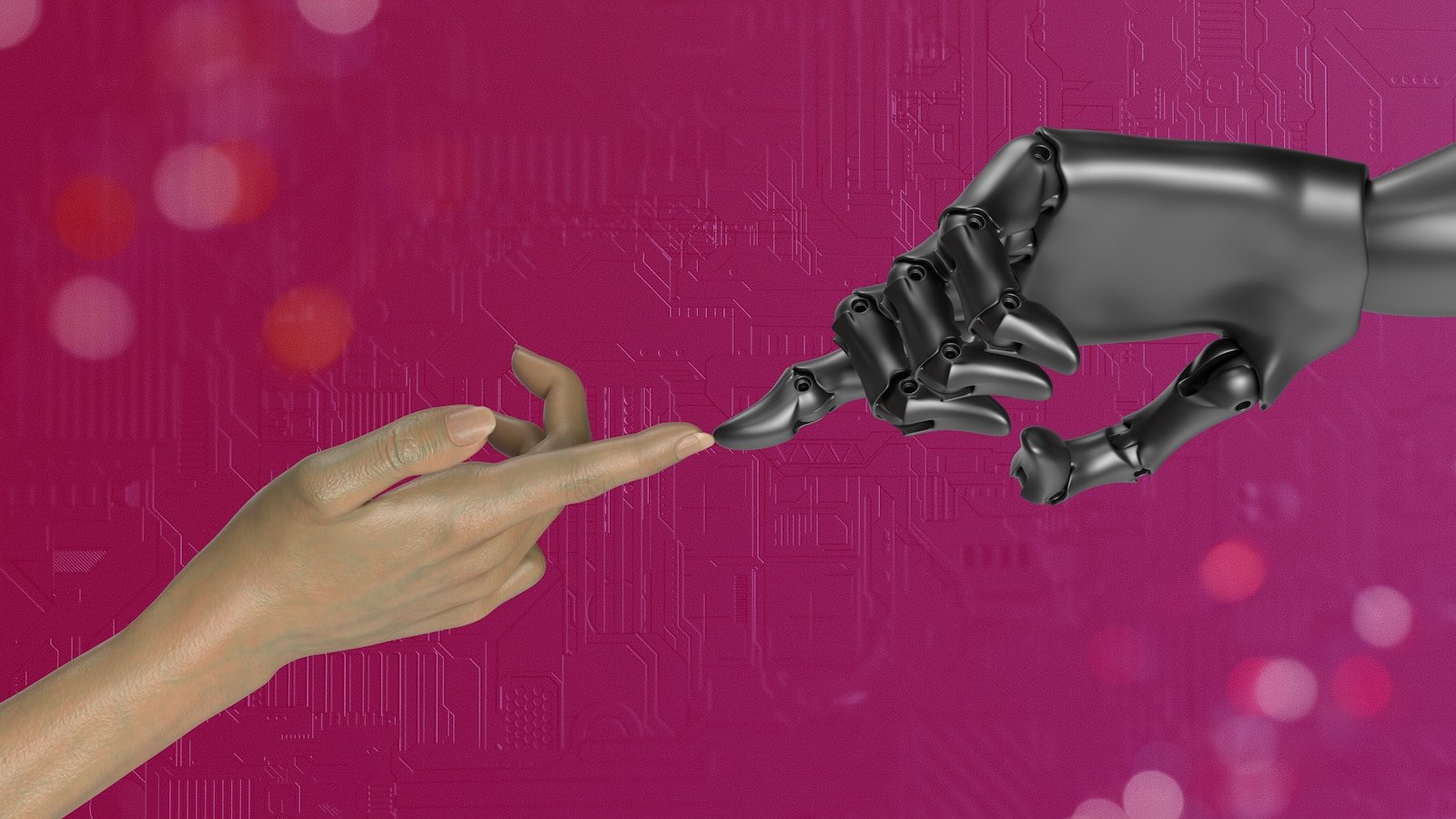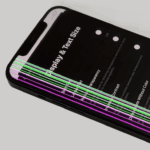Artificial intelligence has made significant strides in numerous application areas, but creating realistic images of human hands remains a tough challenge for AI. Hands are intricate with a vast range of motion and expressions. AI image generators like DALL-E, Midjourney, and Stable Diffusion can conjure up virtually any image you can think of with impressive accuracy, but they falter when it comes to hands. This can lead to AI-generated hands that look distorted or incorrect.
The difficulty stems from the sheer complexity of hands. For AI art programs, the high level of detail required to render hands authentically is a major hurdle. Training datasets often lack sufficient examples of hands in varied positions and contexts, which leads to less accurate representations. Systems from OpenAI, Stability AI, and other organizations have dramatically improved the creative scope of generative AI. However, the anatomical finesse and dexterity that human hands exhibit remain hard for algorithms to capture perfectly.
Why Does AI Struggle with Hand Recognition?
Despite major advances in computer vision, hand recognition—whether identifying gestures, poses, or handwritten text—remains a stubborn challenge for AI. This difficulty arises from a combination of biological complexity, data limitations, and model constraints.
1. The Complexity of Human Hands
Hands are one of the most articulated and variable parts of the human body:
- Each hand has 27 bones and 20+ degrees of freedom, allowing for countless poses.
- Fingers can overlap, occlude, or appear at odd angles.
- Lighting, skin tone, accessories (rings, watches), and background clutter all add noise.
This means that even small variations in position or lighting can drastically alter how a hand appears to a camera—something AI models still struggle to generalize across.
2. Limited and Biased Training Data
AI systems rely on vast datasets to learn. However, hand datasets often suffer from:
- Limited diversity (e.g., mostly adult hands, few variations in ethnicity or age).
- Synthetic bias, where models trained on lab-generated images fail in real-world conditions.
- Incomplete gesture coverage, meaning not every possible hand pose or sign is represented.
Without diverse, high-quality data, even powerful models like CNNs and Transformers can misinterpret gestures or fail to detect hands entirely.
3. Occlusion and Contextual Ambiguity
Hands frequently interact with objects—holding tools, writing, typing, or gesturing. These interactions cause:
- Partial occlusion, where parts of the hand are hidden.
- Context confusion, where the model must decide if it’s recognizing a hand, a glove, or an object.
This is especially problematic in handwritten text recognition (HTR), where overlapping strokes and irregular writing styles lead to misclassification (source: PMC10817575).
4. Catastrophic Forgetting in Continuous Learning
When AI models are updated to handle new hand types or gestures, they often forget previously learned patterns—a phenomenon known as catastrophic forgetting.
As noted in a recent study on continuous learning (ScienceDirect, 2024), adjusting neural network weights for new data can disrupt recognition of older patterns, making it difficult to maintain consistent performance across diverse hand styles.
5. The Challenge of Robustness and Generalization
Even advanced deep learning models, such as CNNs and Vision Transformers, can be brittle:
- Small changes in lighting or background can lead to large recognition errors.
- Models trained on one dataset (e.g., MNIST digits) often fail when exposed to new handwriting styles or real-world camera feeds (Medium, 2025).
Researchers are now combining ensemble methods—mixing deep learning with traditional ML—to improve robustness (source: arXiv 2503.06104).
6. Explainability and Trust Issues
Even when AI correctly recognizes a hand or gesture, it’s often unclear why it made that decision. Lack of explainable AI (XAI) tools in vision systems makes it hard for developers to:
- Diagnose errors.
- Understand biases.
- Improve model transparency.
This is a growing area of research, with efforts to integrate explainability into continuous learning systems (ScienceDirect, 2024).
🧩 How Researchers Are Tackling It
To overcome these challenges, current research focuses on:
- 3D hand modeling using depth sensors and LiDAR.
- Synthetic data generation to diversify training sets.
- Self-supervised learning to reduce reliance on labeled data.
- Hybrid models combining CNNs, Transformers, and graph-based networks for spatial reasoning.
- Explainable AI frameworks for better interpretability.
🚀 The Road Ahead
While AI has made great strides in recognizing handwritten text and hand gestures, true robustness and adaptability remain elusive. The next breakthroughs will likely come from:
- Better cross-domain generalization (AI that works in both lab and real-world settings).
- Continuous learning without forgetting.
- Human-AI collaboration, where models learn from user feedback in real time.
In Summary
AI struggles with hand recognition because:
- Hands are biologically complex and highly variable.
- Datasets are limited and biased.
- Occlusion and context create ambiguity.
- Models forget old patterns when learning new ones.
- Robustness and explainability are still developing.
But with ongoing research into robust learning, explainability, and data diversity, AI is steadily getting better at understanding one of the most expressive tools we have—our hands.
Key Takeaways
- AI struggles to generate realistic images of hands due to their complexity.
- Insufficient training data contributes to inaccurate hand representations by AI.
- Despite advancements, AI image generators often create distorted hands.
Challenges in AI-Generated Hand Imagery
Creating images of hands through AI is tough. Hands are complex, and AI today is not perfect.
Complexities of the Human Hand
Human hands are intricate with many parts like fingers, nails, and skin. Each hand can pose in countless ways. AI models have a hard time because hands are so detailed and moveable.
Technical Limitations of Current AI
The current AI has limits. It cannot always understand all the details in datasets. This causes mistakes when AI tries to make pictures of hands.
The Difficulty in Rendering Photorealistic Features
AI aims for realistic images. Getting the small things right, like how light hits skin or how shadows work, is hard. That’s why AI hands can look odd.
Interpreting and Implementing Artistic Intent
An artist conveys emotion through hands in artworks. AI finds this tough. It may struggle to capture what the artist intends.
Navigating the Uncanny Valley
When AI makes hands that almost look real but not quite, it can feel strange. This is the uncanny valley. AI hands often fall into this space.
Improvement and Advancement Strategies
AI is getting better. Developers and researchers are teaching AI more about hands. They use more photos and better tools. With time, AI will improve at creating hand images.






